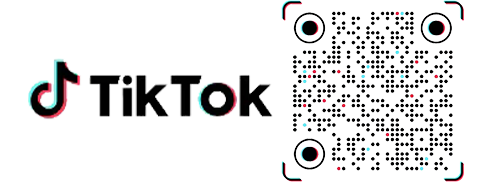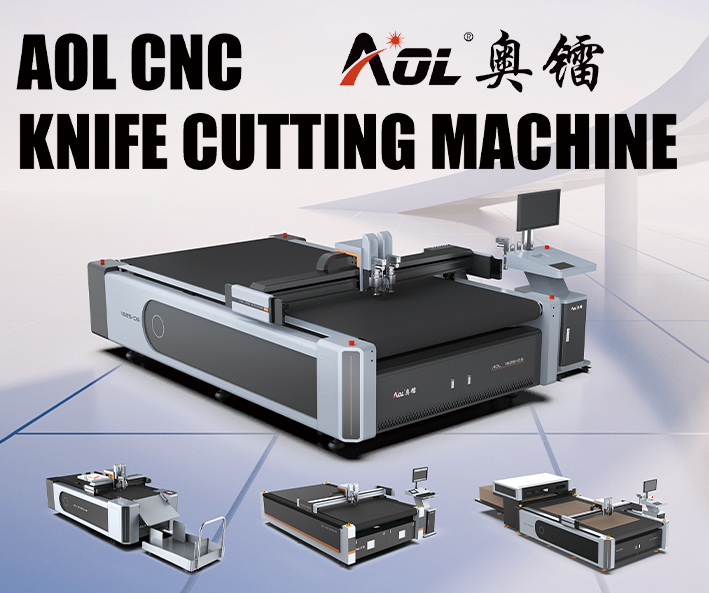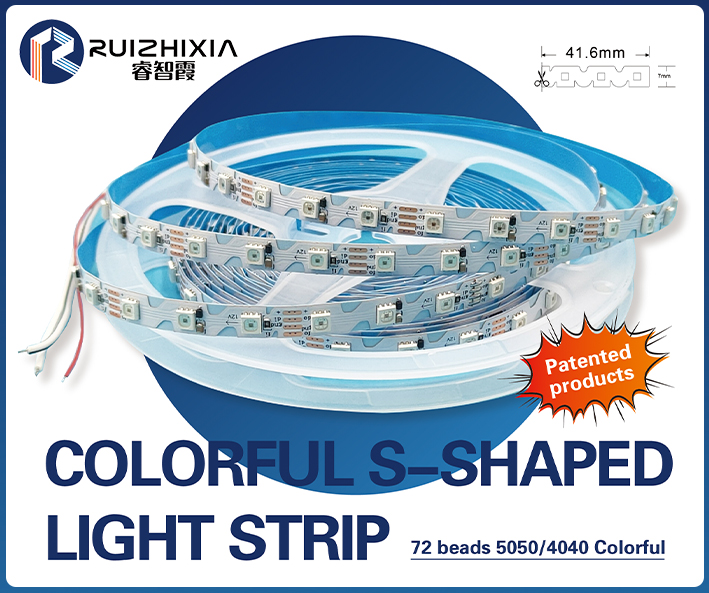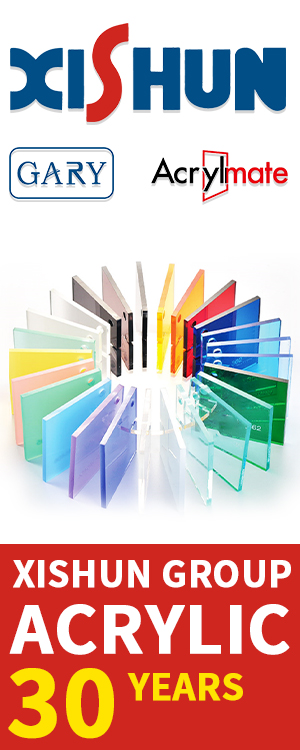
I was thirty-three years old when I started making signs. Prior to that, I had owned other businesses, but my background was in art, and I just wasn’t satisfied by owning an auto parts franchise! A friend of mine helped me get underway with sign makingin 1993.
Since that time, things have changed a bit. I now subcontract most of the work that I used to do in house, leaving me the much-needed time to design signs, see customers, and actually create signs and art in a different way. I downsized my shop to 500 square feet, and am set up mostly for signs made of metal.
I live in Asheville, North Carolina, a small city that is all about the arts culture. My customers actually led me to start creating what they wanted most. Over the last ten years I’ve converted my business primarily to CNC plasma-cut lettering, logos, fully dimensional signs and art.
Cutting at 25,000 degrees
CNC plasma cutting is simply using a computer-guided plasma torch to cut metal. The plasma is an electrically heated stream of gas that does the cutting. Most of my work is cut from mild steel sheets, ranging in thickness from 1/16- to ¼-in., and sometimes 3/8-in. thick.
The plasma beam cuts at a whopping 25,000 degrees, so a concrete floor and fume removal system are essential. Having a good welding system to join up the cut lettering and shapes, along with welding skills is very important, too, but like all things, we tend to learn as we go. (Don’t weld steel for overhead or in dangerous locations without proper training.)
By way of equipment, I have a PlasmaCAM plasma cutter, a Precix CNC router, a vinyl plotter, an Everlast welding system, various metal working equipment. I use six programs for design and production: Enroute, FlexiSign, PlasmaCAM’s integrated software, VELXI Master Plus, Adobe CS7, CASmate Pro, JASC Layout, plus a few others sometimes.
From the original customer drawing or image, down to the final design and cutting, most of them play a part. Good, clean vectors are important because the plasma cutter is like any CNC device: the cutting is only as good as the lines that the machine is given to follow.
Cool finishing options, custom brackets
Cut steel backgrounds and lettering can be painted or patinas can be applied, or both. Contrast can be subtle or vibrant, according to the design. Automotive clear coats can protect finishes that are brushed metal. Rust finishes are in fashion these days, and that’s pretty easy to attain with our wet climate!
We also make our own custom plasma-cut brackets to fit almost any installation. The versatility of metals is amazing.
This type of sign making may not be for everyone, or even practical for most, but it sure is fun! Keep it in mind if you love metal work. It may be a new offering for your customers.









